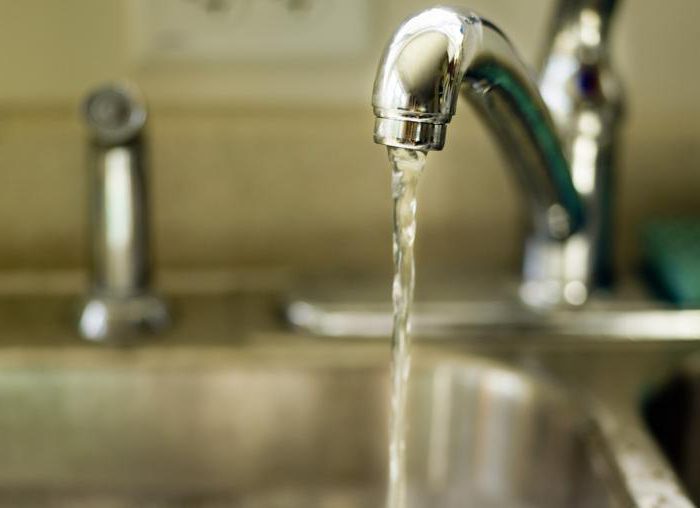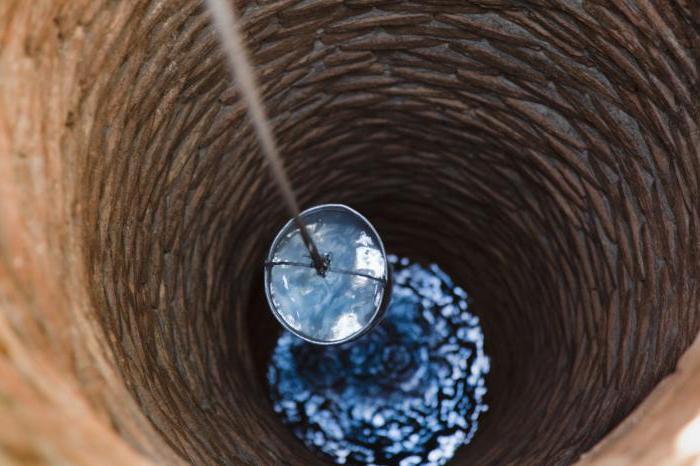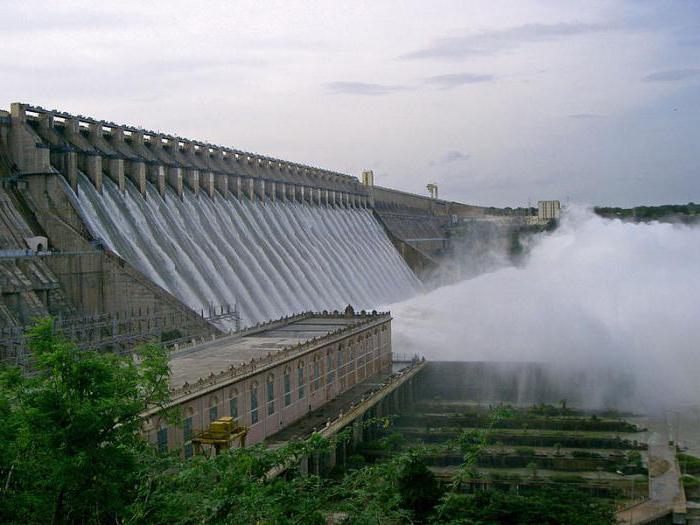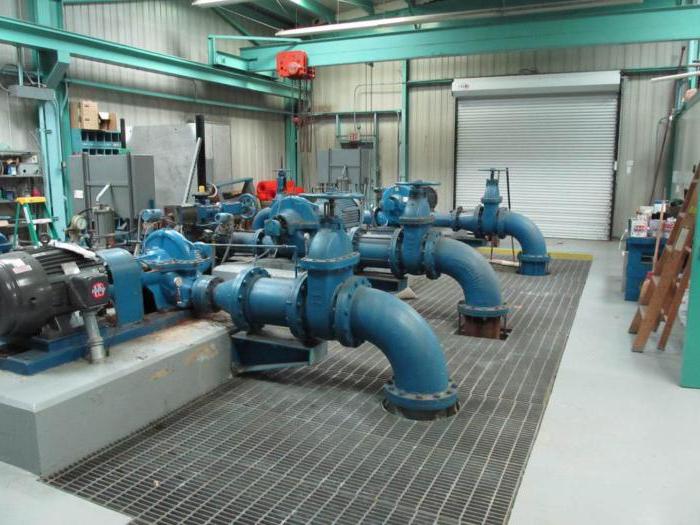The infrastructural support of the life of modern society cannot be imagined without water. This is an accessible and at the same time vital resource that is used in various fields. Domestic use of water is familiar to everyone, but its use in industry and other economic sectors is also of great importance. For each consumption segment, certain sources of water supply are used, to which the corresponding requirements are presented. Entire supply networks operate in order to ensure the supply of the resource, which also need support and regular updates. This is especially true for systems serving private residential sectors to which drinking water is supplied.

What is a source of water supply?
Most often, such sources are understood as natural resources in the form of surface, ground, and interstratal waters. It can be rivers, reservoirs, deep artesian canals and other objects. Each source has its own origin, different composition, quality characteristics in terms of consumption and sanitary reliability. The complex of these properties gives an answer to the question of whether this water can be used for certain purposes. Also, characteristics define the area where specific sources of water supply can be used. For example, the same artesian waters have favorable sanitary qualities, which makes them suitable for domestic use. Purely for household needs it is customary to spend resources from surface sources, since they are the least suitable for cooking due to exposure to pollution. However, there are special systems for treating such waters with the use of disinfectants.
Purpose of water supply sources

Water is required by different consumers, and all of them are divided into three categories depending on the nature of their needs. The most common purpose of water supply systems is to provide drinking and drinking purposes. Perhaps everyone is familiar with this category. In this case, water sources are used for cooking, cleaning and hygiene, watering gardens, etc. The second group represents a vast area in which production needs are provided. This can be industrial facilities, and transport infrastructure, and the energy complex, as well as agricultural land. A special place in the list of consumers is occupied by fire extinguishing systems in which water is used to fight the flame.
Signs of a water supply source
In the usual sense, such a source can be any object of natural or artificial origin that produces water. But this is not entirely true, since in order to use such an object as a supplying communication, special requirements must be observed. First of all, a sufficient amount of the resource necessary for the needs of a particular consumer should be supplied to the water intake facilities. Moreover, in some cases, only those facilities that are potentially capable of providing and exceeding supply standards in the future are recognized as sources. Also, the source must assume the uninterrupted and stable provision of its consumers. This largely depends on the technical implementation of the communication water supply system, but the selection itself should be carried out without the risk of unplanned delays.
Surface water supplies

This is an extensive group that includes rivers, lakes, geysers, glaciers and others. natural objects which may be sources of water. As a rule, representatives of this category are used for economic and industrial needs. This application determines the characteristics of the liquid resource. In particular, the water of the rivers is characterized by turbidity, color and low content of mineral salts. These properties do not allow the full use of this source as a supplier of drinking water. But with a minimal degree of contamination, water intake facilities may provide for primary treatment. Thus, the range of consumption areas in which water can be used is expanding. But there are exceptions - for example, geysers and springs are often used as suppliers of clean water. Of course, if a particular fence point receives a resource that has acceptable characteristics.
Underground sources

Water produced in underground basins, as a rule, has favorable sanitary properties. The purity of such a resource can be judged even by its appearance - usually it is a crystalline liquid without the presence of foreign particles. But for the use of such sources, a special water well should be arranged using pumping equipment. For example, artesian installations allow deliveries from a depth of about 150 m. Such immersion of intake systems is due to the fact that the lower layers are protected by waterproof rocks, not allowing clean water to mix with contaminated drains. Therefore, at the outlet, the consumer receives a clean and mineralized liquid that meets sanitary standards.
Also, within a private home ownership, a water well provides independence from the central highway. By the way, spring waters that come from the depths of the earth are sometimes included in the same category of sources. But by the method of extraction, such objects should still be classified as superficial.
Artificial sources

These are structures that perform desalination functions, as well as reservoirs and reservoirs. In all cases, for the maintenance of objects of this type, hydraulic systems are used that regulate the processes of accumulation and renewal of water. The most common way to create such structures is to install dams and bridges in river beds. In the future, designs can provide water to the home or production facility. Typically, such storages are built not far from cities and enterprises that become direct consumers of the resource. Possibilities of regulation and purification allow the output to provide a relatively clean product suitable for different purposes.
Precipitation as a source of water supply
Rainfall and snowfall can also be considered as a resource to ensure technical and economic needs. Such water is characterized by a rather low level of mineralization, which allows it to be attributed to distilled liquid. If necessary, precipitation can be used for drinking, but only for a short time. Still, drinking water supply should stimulate metabolic processes in the body, and in precipitation there is a shortage of useful chemical elements. But this is not limited to the disadvantages of this resource. As noted above, a full-fledged source must be characterized by a constant supply. In this case, the inconstancy of rain and snow does not allow to plan the operation of catchment areas.
Sanitary protection of water sources

In the process of operation of the facility providing the supply of clean water, it is important to maintain and control the hygienic properties of the liquid. This is achieved not only by the initial choice of a suitable method of selecting a resource, but also through special protection of a particular territory.Thus, a sanitary zone is formed, which can extend not only to water sources, but also to communication networks in the form of pipelines. Typically, such protection operates in water supply complexes, which have special modes of economic operation.
Depending on the hydrogeological conditions of the area in which the protected source is located, protective belts with different functions are provided. For example, a sanitary zone operating at the location of artesian wells is formed by belts that protect the water from pollution.
Conclusion

New generation hydraulic systems provide an opportunity to efficiently, quickly and at minimal cost transport water from a source to a consumer. In the process of such a supply, a whole complex of cleaning measures is often carried out. This allows you to implement high-quality water supply at home with the implementation of sanitary standards. However, far from always artificial means can give water the necessary characteristics. Especially in this sense, surface sources are of little promise. And the point is not only in the pollution of river or groundwater, but in the fact that such a resource is deprived of the necessary set of positive elements required for nutrition of the body. Therefore, the issues of choosing water supply systems for various needs still depend on the primary source.








